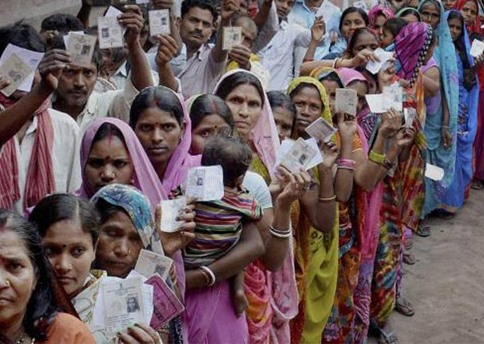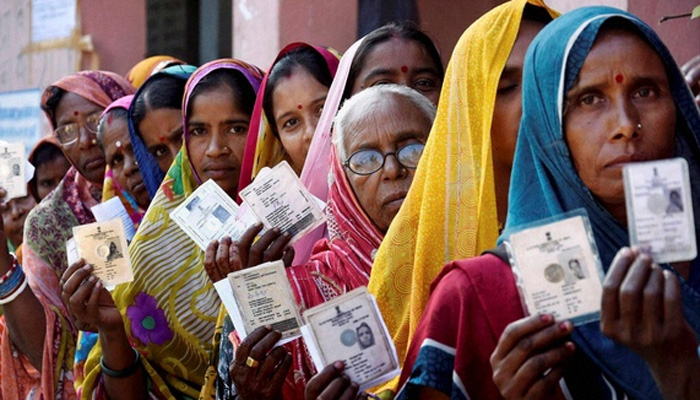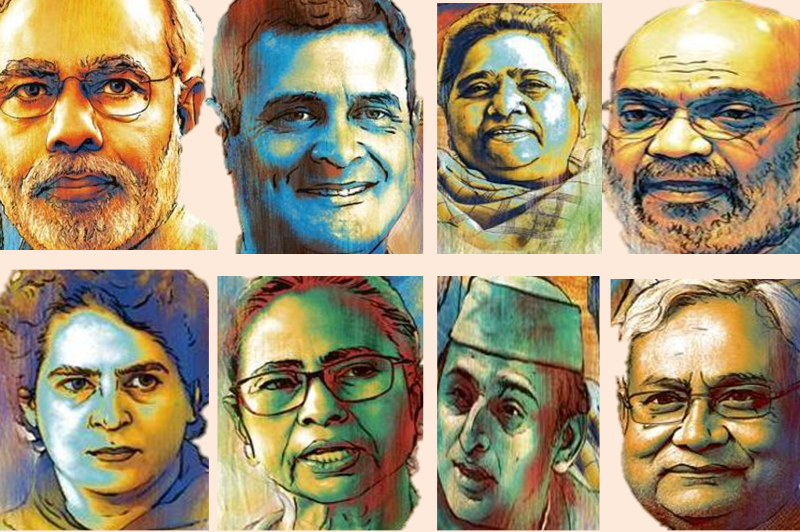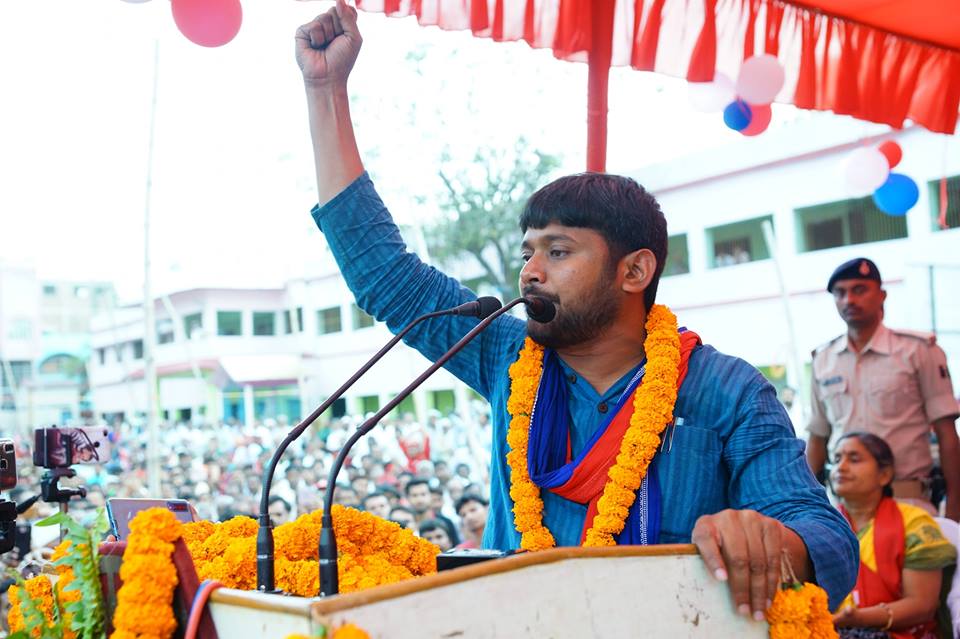
Ahead of the Lok Sabha election in India political parties are busy in the rat race of garnering support and vote of people in order to win the elections and come to power. Some parties have adopted the method of marketing and branding to attract the masses and some are busy distributing money. It is interesting to look at the way in which democracy has been tailor made by groups and parties in order to win and rule. On the one hand while Rahul Gandhi has announced to distribute money to deal with poverty, Narendra Modi and his associates are busy in marketing brand Modi.
Either of the cases is nothing but an attack on the nature of democracy today. The idea of representation is severely threatened under such a political scenario. It showcases the shift from the principles of democracy and makes it amply clear that election or representation today has been reduced to nothing but a simple struggle for power.Roti, Kapda aur Makkan( Food, clothing and shelter) have been for longed issues repeatedly picked up by political parties ahead of any elections in India. More than just issues these three things (Roti, Kapda aur Makkan) have rather become a political rhetoric which paradoxically are yet to be solved even after being addressed repeatedly.
The 17th General Assembly Elections in India are round the corner and a recent report by a political think tank observes that it is not only the issue of Roti, Kapda aur Makkan which will affect the Indian voters in 2019 but plethora of other concerns will affect the Indian voters.
A survey conducted by an American think tank Pew Research Centre reveals that the Indian voter today is more concerned with issues like the widening gap between the rich and the poor, terrorism, lack of employment opportunities, price rise, increasing corruption, emigration and lack of educational opportunities in India.Pew Research Centre is a think tank based in America that conducts surveys and researches in order to inform the public about the issues, global attitudes and trends which are gripping nations across. The centre conducted a survey among 2,521 respondents between May 23 and July 2018 and submitted its report titled “A Sampling of Public Opinion in India” on March 26th. As per the conclusions derived through the survey data following are the issues which are of important concern for the citizens of the state (India).
The widening gap between the rich and poor, the study pointed out that two-third majority of Indian voters did feel that the financial situation of the country is better than what it was 20 years ago but having said that half of the country’s population believes that the increasing gap between the rich and the poor is one of the major problems shared by the people of the country.
A recent Oxfam study revealed that it was the rich who were getting richer day by day and the poor remained where they were. As per the figures produced by the survey report the richest in India are getting 39 per cent richer (i.e there income has increased by 2,200 crore a day from last year) whereas people at the bottom have witnessed a marginal increase of 3 per cent in their wealth.
Price rise of commodities and basic necessities is yet another issue of concern for the people of the country, be it education, health or basic necessities the effects of price rise can be witnessed everywhere. Petrol Prices shot up to 72.92 per litre on January 31, 2018 affecting the business of many in the country. Inflation in the country was moving downwards due to low inflation in food and fuel prices.
The report suggested that nearly two-third majority of people where increasingly concerned about the deteriorating air quality of the country although a marginal set of respondents believed that the situation has improved but an amicable solution is yet to be achieved.
Terrorism was quoted as a threat to the country as they people of the state believed that they are living under a condition of constant fear by the neighbouring country – Pakistan. Nearly 63 per cent respondents felt that Pakistan stood as a serious threat to the country and 7 per cent considered Pakistan to be a dangerous threat. In Toto 70 per cent Indians live with the belief that their boundaries are not secured.
Lack of education and lack of opportunities is one of the visible problems of the country and the report mentioned it rightly so. According to the report it is the lack of employment and educational opportunity which leads to migration abroad. Migration of this nature was seen by the masses as problem for the state. As per the data 29 per cent Indians believed that government should allow less immigration or say no immigration at all. Immigration in India was approved by nearly 13 per cent Indians but immigration abroad was rejected by many.
As per the research data India is the top source of international migration with nearly one-in-twenty migrants’ worldwide being born in India. UN has also seconded the data stating that India is the source of migration in the world. In the year 2015, 15.6 million people born in India were living in other countries. Migration takes place under conditions of duress and nothingness and India’s employment and educational scenario pushes the citizen for either internal or external migration. In both the cases of either external or internal migration citizens are subjected to various kinds of problems faced by them unnecessarily. It is thus important for political parties to understand such issues keenly and work for a favourable solution rather than carrying forward an old rhetoric or saga.
The Pew Research survey data is an important eye opener for political parties contesting the elections and also for the government which will come to power. This data suggests that the voters have transcended mere rhetoric and are looking forward to a government which can deal with real issues on the ground.
This article is part of our campaign Democracy4You.













